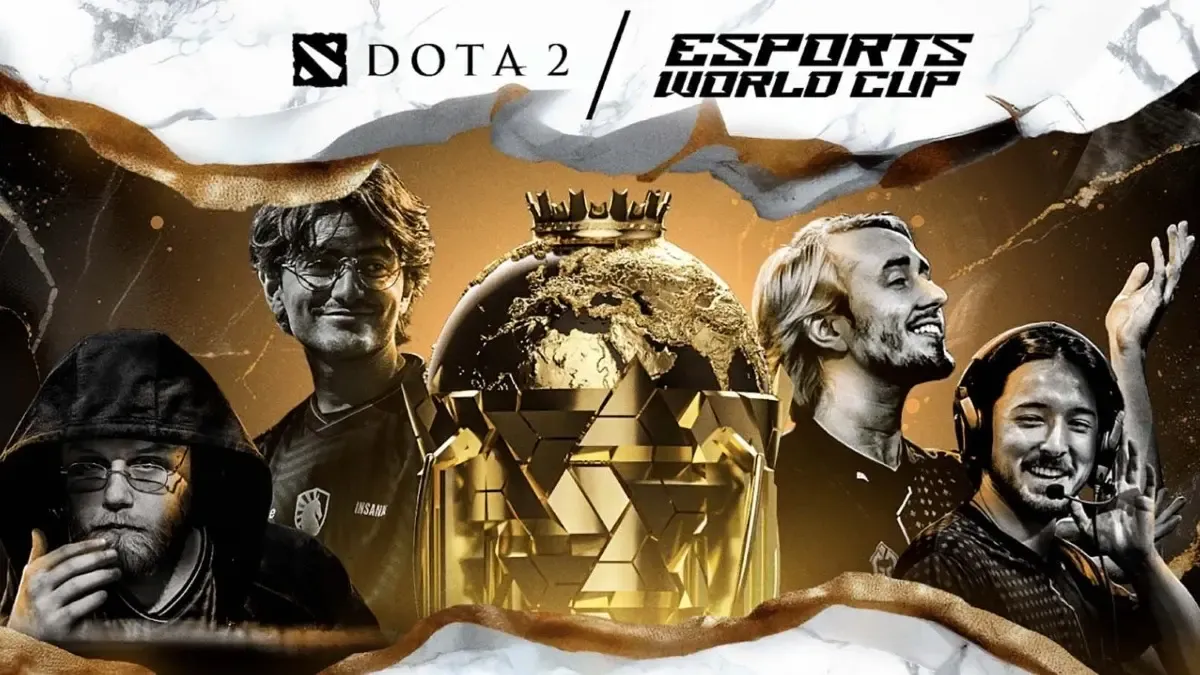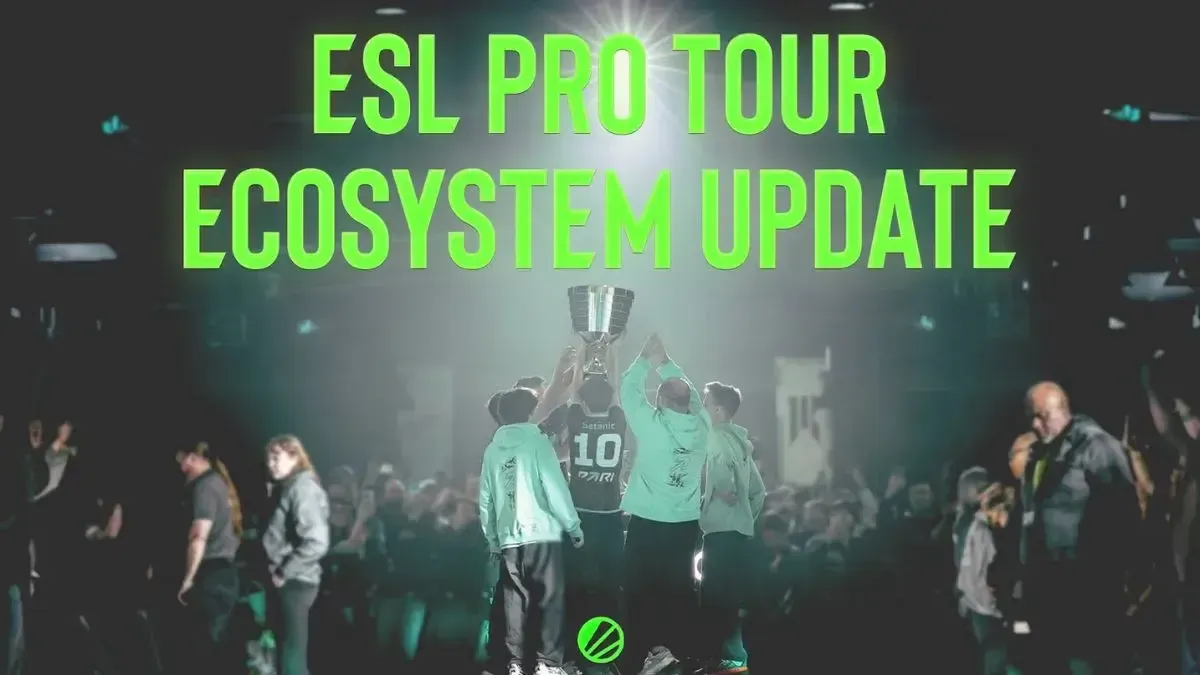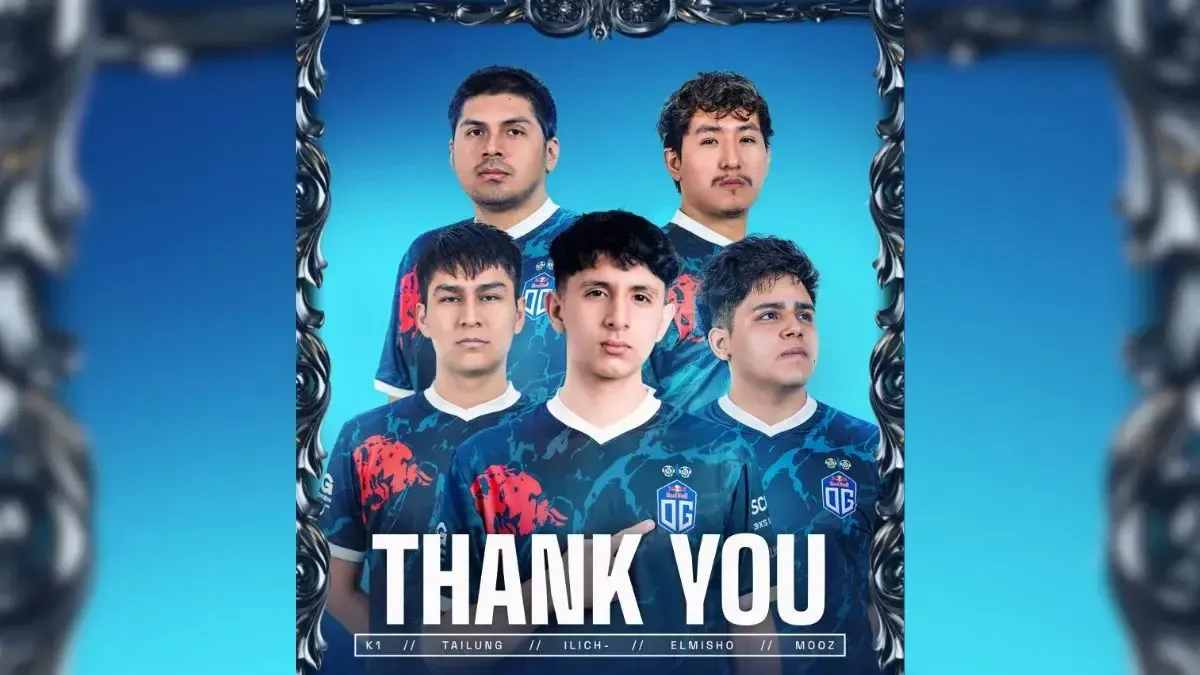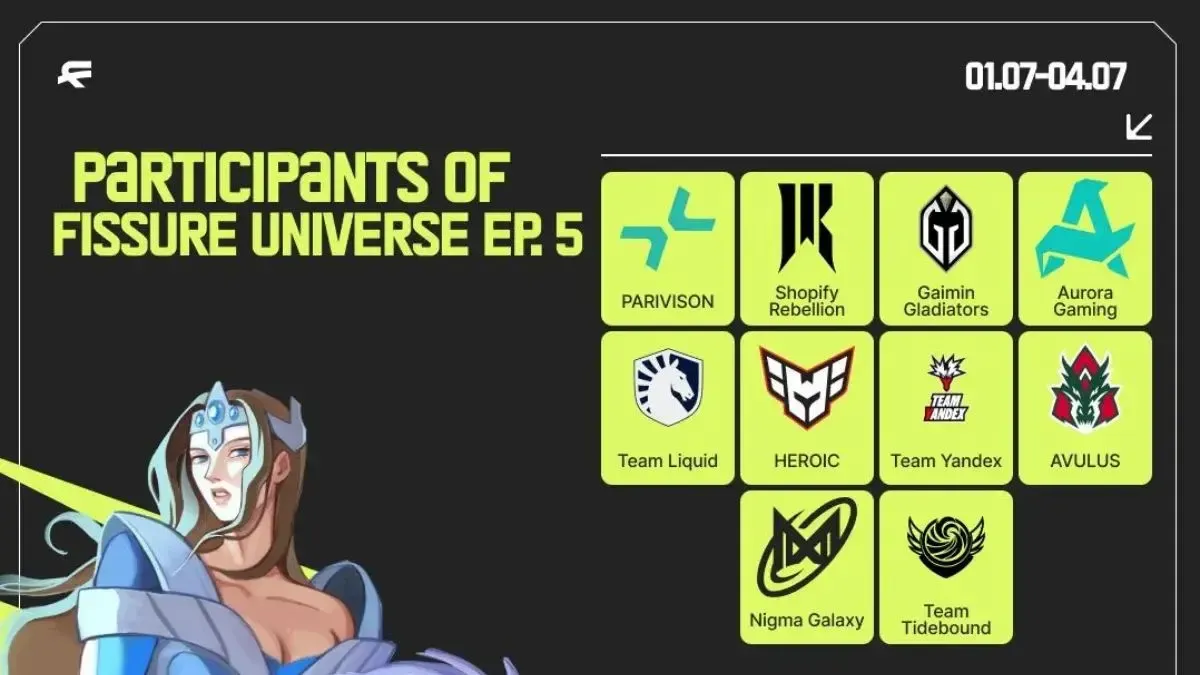As DotA 2 gradually expands its popularity in the gaming world, statistical analysis became an integral part of the MOBA's fan experience. But to what extent?
Your calendar may say it's only August, but the conclusion of The International 3 means that the year has practically ended for professional DotA 2 players and fans of the competitive scene alike. Looking back, DotA 2 seems to have taken another huge step forward in multiple facets. From the official release that resulted in an exponential spike in players to an excellently-organized and well-received TI3, it has been, on various levels, a remarkable year for the DotA 2 community.
Among the advancement seen this past year, accessibility has been a key upgrade. The quality casting, both in terms of commentary and production values, has made the game much more approachable to new players. For the veterans, however, it was the heavy implementation of statistics that has reshaped their perspective on DotA 2. Ban/pick percentage, winrates, KDA ratio, GPM, XPM, etc... become an integral part of the analysis for every single game of DotA, be it a professional game (via the casting studio's "statsman" or websites such as datDotA.com) or just a random public matchmaking game (Dotabuff, DotA Academy, etc...). The numbers played such an important role that Valve even invited the amicable Bruno to the TI3 analysis panel as the go-to stats guy.
1. Numbers Never Lie
In the old days of DotA as a Warcraft III custom map, it was extremely difficult, if not impossible, to quantify an individual's performance in a game. You might be able to brag with your friends on the number of kills you have, or the amount of items you manage to buy, but that's about it. "I had 15 kills with my six-slotted, max-leveled Alchemist the other day" might sound like a nice little achievement, except you never mention the fact that the game went 70 minutes. In came GPM and XPM, concrete figures that actually tell how fast you manage to get your farm and levels.
The Gold and Experience Graphs: An integral part of every single DotA game
In the competitive scene, without the help of statistics back in the days, casters might still have an idea which direction the game is heading based on the levels and items on each team's heroes. However, viewers did not have the luxury of being able to scroll around the map to see each hero (unless it's a replay), and had to rely on tower/kill scores, which often can be misleading. The gold and experience graphs in DotA 2 completely solved this problem.
The stats gurus even go as deep as calculating damage dealt, HP healed, or records of every single draft in the professional scene. To any DotA 2 player, these numbers paint an even clearer picture how much of an impact they have on any given game.To GosuGamers and other DotA websites, these numbers have allowed us to come up with our regular features that you may be familliar with such as Stats Corners or Draft Analysis.
2. Or Do They...?
It's important to keep in mind that DotA is a team game, where an individual performance is heavily influenced by the play of his teammates and vice-versa. This is part of what makes such DotA a beautiful game (minus the solo-queueing public MM frustration, of course). An individual's heroics can sometimes make a difference, but it generally takes five to win a game of DotA.
Statistics, on the other hand, are more individual-oriented. Popular numbers like KDA, GPM and XPM (all of which are shown during The International 3's presentation of each player) only tell how well an individual player achieves gold/experience-wise from a raw number standpoint. But in the competitive scene, no matter how high a player's skill level is, he simply will not be able to win a game on his own. Even when you're running a 4-protect-1 strategy, the movement from the other four heroes is arguably as important as the farm on the main carry. Burning and Black often get a ton of credit because of their skyhigh GPMs in games; and while there's no denying their farming abilities, their teammates really deserve as much attention as these two superstar carries do.
Another thing I want to discuss is the winrate. It's a very simple yet effective statistic for reference. But it's also very prone to misinterpretaion. Let's look at a recent example, during TI3 playoffs, Bruno has brought up this stat before and after virtually every game.In the preview of the MUFC vs. Liquid game, Bruno mentioned that MUFC picked the Queen of Pain five times during the groupstage with a 0% winrate and suggested that they should look at other options for the mid lane. Sounds logical, but not really. For a team that went 0-14 in the groupstage, any hero that MUFC picked during that horrible stretch would have had a 0% winrate anyway. Also,five games is such a small sample size that the winrate almost seems irrelevant.

To be clear, I'm not trying to nitpick on Bruno; I do love his stats as well as his personality. I just wanted to use this example to explain my point that stats can be misleading in certain contexts and that sample size is VERY important in the use of statistics.
In public matchmaking, how many times have you heard your carry player turn on all-chat and whine at the end of a game that your team is losing? "Can't carry a 1-10 Rubick with no items" or "OMG report Shadow Demon for feeding". Since the 1-position will always get the bulk of the farm, it just makes absolutely no sense that a carry has the "right" to flame their supports just because he has a higher GPM/XPM or kill count. Of course the whole carrying-flaming-support thing is abundant in DotA back in the days too, but at least there was no end-game scoreboard with GPM and XPM for the carries to use as "proof." Also, the fact that players can look each other's profile up on DotaBuff or other websites and automatically base their judgment on the winrate can make public games a frustrating experience, especially for new players.
3. Finding the Balance
This is not to say that the expansion of statistics is ruining the game; it's just the opposite. In fact, the evolution of DotA to the point it is today can be partly attributed to the impact of numbers on the game. Plain theorycrafting is boring without supporting figures.
It does have its drawbacks, however, as statistics are definitely not the be-all end-all of DotA 2; there are just way too many variances that can happen from game to game to justify judging an individual or team solely based on raw numbers. Also, how do you quantify intricate stuff such as map movement, ward placing, or mac/microing, etc...? These details usually go unnoticed but more often than not they are what separate a successful player/team from a regular one, not the fancy number of kills or gold.
Additionally, DotA 2 is played by human beings after all; and unlike machines, we sometimes have days where everything just goes right; other times we don't. Contexts do matter too. So let's just view statistics as a consulting tool to enhance our DotA 2 experience as opposed to jumping to quick conclusions based on it.
TL; DR Haiku version:
Statistics are nice
But sometimes they're misleading
Proceed with caution
Just some random food for thought for our GGnet readers during the DotA 2 offseason as we await news on the roster shuffle of our favorite DotA 2 teams.









